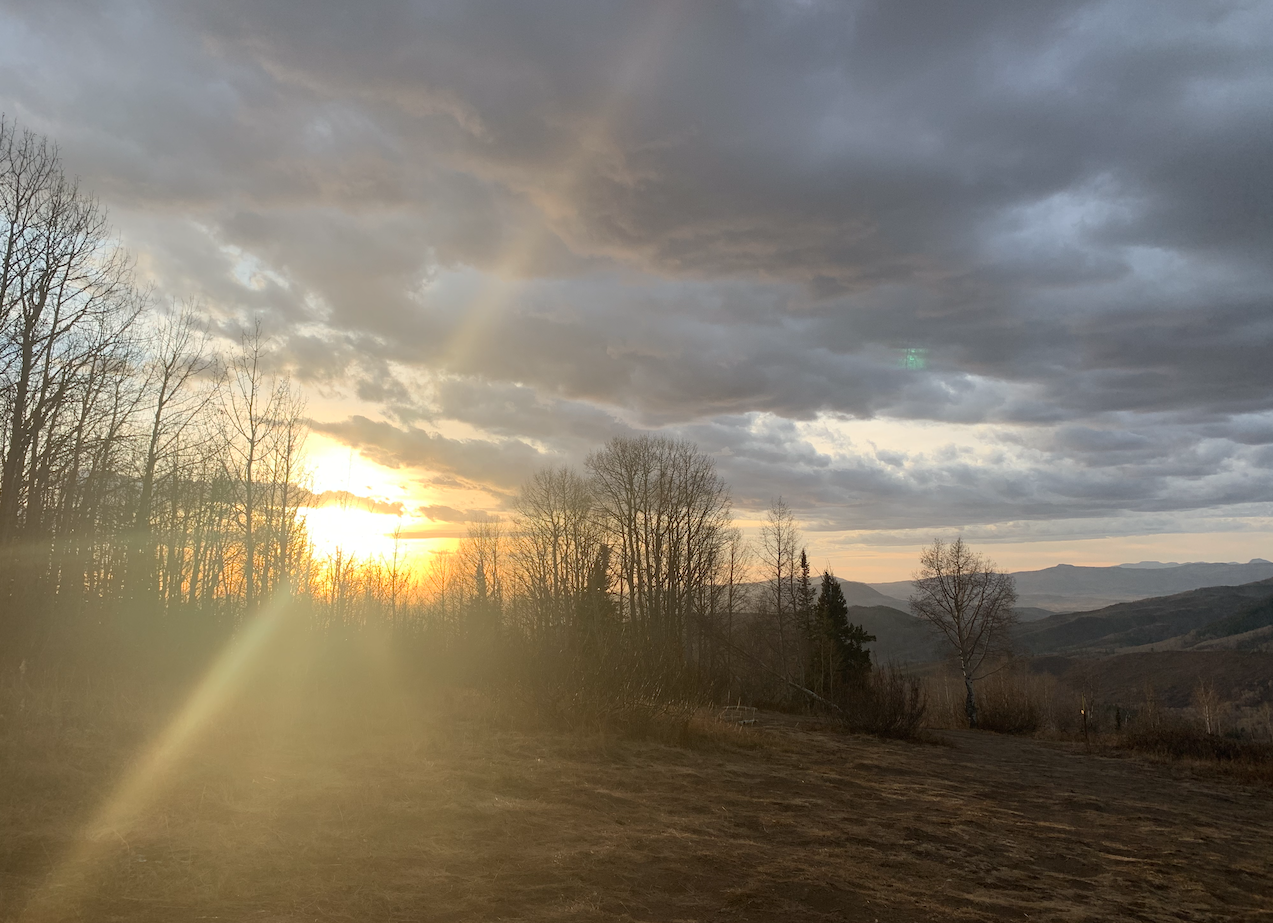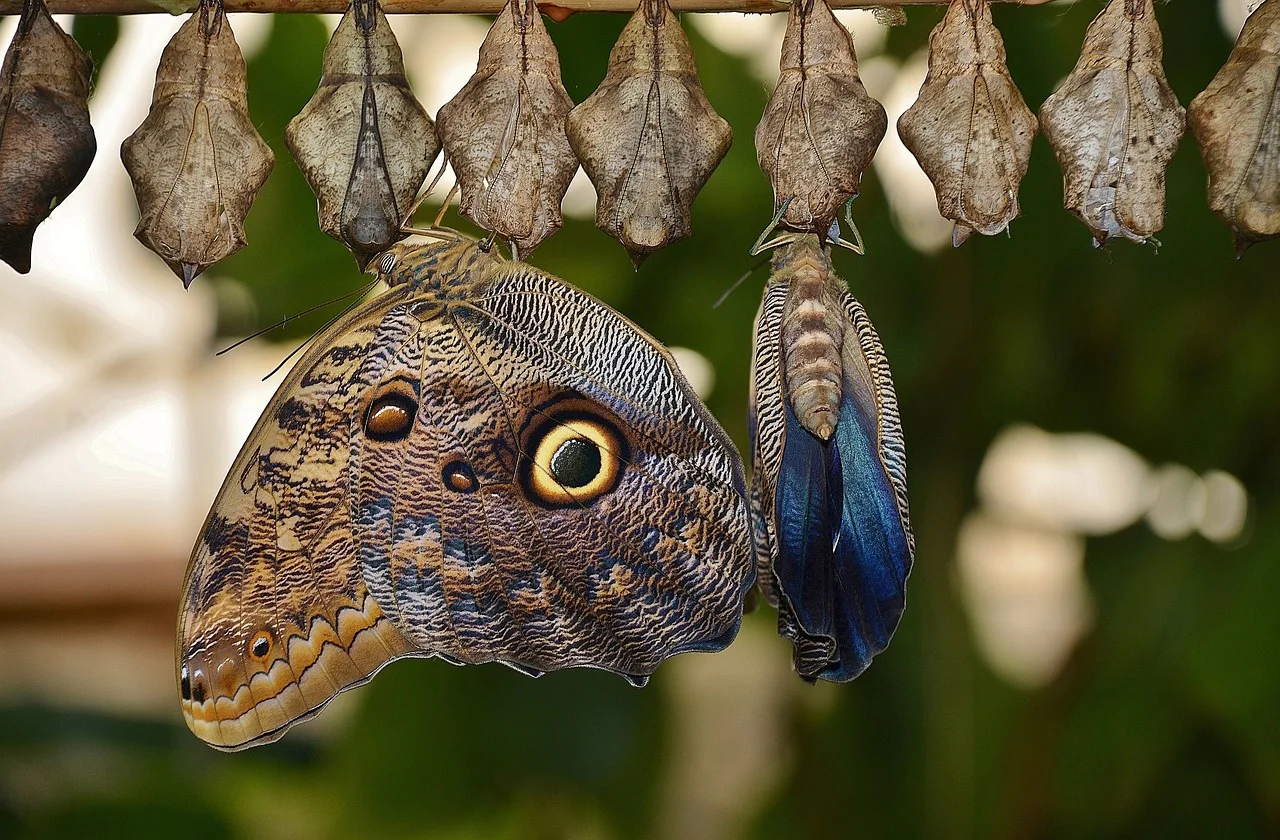If you've been reading this blog at all over the past year (Hi, Mom, and sis), then you know I've been writing under something of a pseudonym. S.N. Bacon.
It's actually my maiden name (Susan Nicole Bacon, though I was nearly Eve Nicole Bacon according to my parents). But, since I go by my married name, it provided a bit of 'anonymity.' And I've liked having that separation between my real life and writing life. It's given me a chance to dip my toes in the social media circus, and figure out what I'd actually like to present about myself to the real world. After all, one photo or quirky line never seems to capture the complexities of everyday life. For instance, if I post a pretty picture of the mountains, you may think my entire life is spent out in the woods, enjoying the views, when really it's spent slogging children around and digging through mounds of laundry and shifting between projects for a few different jobs.
But my reticence in the social realm is changing. Because my publisher (yes, I have a publisher! Woo-hoo! Full story later) moved up the publication date of my book and we have to make final decisions about my author name NOW and guess what? S.N. Bacon wasn't their favorite.
Part of it is because of the initials. And also the fact that the last name is a breakfast food. I get that breakfast food last names trip people up, even though Bacon has been a wonderful name throughout history, considering Sir Francis, Henry, Kevin and all.
So thus began the search for a new name. Replacing the "S.N." with "Susan" still has the iron skillet-sizzling issue. Nicole Cunningham could work, though I'd probably never answer to 'Nicole' if someone called me that at a book signing (and please, please come to book signings if I have one near you - I'll bring fresh-baked chocolate chip cookies, I promise). And Susan Cunning is just weird.
That left me with Susan Cunningham. And after a bit more thought, that's what I've decided to go with.
Because as much as I'd like to tuck my personal life away in a drawer and keep it separate from my new 'authorly' life, that's just not an option in this day and age. (Don't you love using 'in this day and age' - it makes me feel very mature.) It doesn't mean that I'm going to share everything about myself (though I will admit I had a mango smoothie, peanut butter toast and fudge icing for breakfast; also, that I love rain). But, I want to be authentic. And using my real name seems like the best way to start.
I hope I don't regret it. I am rather partial to the Bacon last name, and I thought S.N. Bacon looked pretty cool. But, Susan Cunningham I am. And thus, Susan Cunningham I shall write under.
At the end of the day, you probably don't even care. But for me, using my real name means the wall I was trying to build between my private and public self crumbles a bit. And the door is open to letting you see who I am. So here it goes. I hope you enjoy.
__________
pixabay.com


























